[Editor’s Note: This post appears today on the front page of The Huffington Post and also at AOL-Moviefone.]
By Jason Apuzzo. He’s 89 years old, and his career is hotter than ever.
With hits like Thor, Captain America and X-Men: First Class dominating the box office in 2011, and upcoming films like The Avengers and The Amazing Spider-Man looking to light up the summer in 2012, you’d think that a man whose career in comic books began just prior to World War II might want to slow down.
Think again – because this 89 year-old dynamo is named Stan Lee.
This year’s Sundance Film Festival offered a smorgasbord of art-house delights, but its competitor across the street – the scrappy Slamdance Film Festival – presented one of Park City’s best events last week when it hosted comic book legend Stan Lee for a 2-hour master class associated with Slamdance’s screening of the new documentary, With Great Power: The Stan Lee Story. Just two days after receiving the Vanguard Award from the Producers Guild of America, Lee breezed into Park City to spend a special two hours with filmmakers and journalists prior to the With Great Power screening, discussing his extraordinary career as the creator of iconic characters like Spider-Man, Iron Man, the Hulk, Thor, the X-Men and the Fantastic Four.
And if anything was clear at the end of the master class and screening, it was this: the keys to Stan Lee’s ongoing success are his earthy humor, humanity, and incredible vitality. The man simply doesn’t know how to slow down. As Lee says in With Great Power about being the impresario of today’s comic book cinema: “I’m having fun! Don’t punish me by making me retire.”
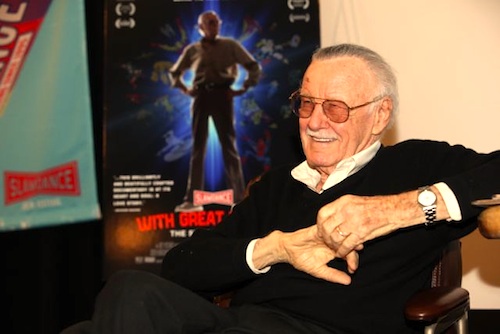
A flinty and funny raconteur with a baritone New York accent, Lee spent much of his time at the Slamdance master class describing his colorful early days in which he was alternately a rebellious office boy for a trouser manufacturer (he made a mess of his store after being fired two days before Christmas), an obituary writer (he found the job morbid), and even a Broadway theater usher (he once tripped and fell flat on his face while escorting Eleanor Roosevelt to her seat at the Rivoli Theater in New York).
Lee finally got his big break in late 1941 when he became interim editor at Timely Comics, which would eventually evolve under his leadership into Marvel Comics. Then known as ‘Stanley Lieber’ (his name at birth, as the son of Romanian-Jewish immigrants), Lee was first given the chance to provide text filler for a May 1941 edition of Captain America Comics – and he hasn’t looked back since.
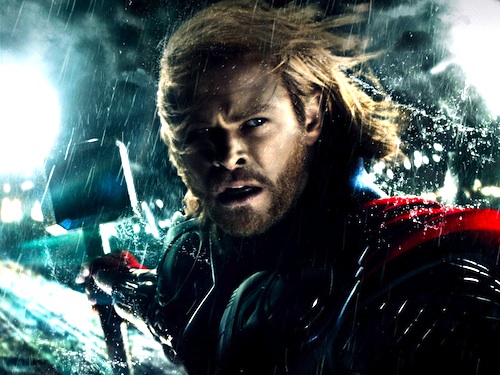
A passionate reader, Lee described in detail how literature fueled his imagination as a young person. “I read everybody when I was young – Charles Dickens, H.G. Wells, Arthur Conan Doyle, [Edgar Rice] Burroughs’ Tarzan. I read everything I could get my hands on.” Lee also cited Shakespeare as an influence on the style of language for Thor, drily noting that Thor “was supposed to be a Norse god – I couldn’t have him talk like a guy who was born in Brooklyn. I loved Shakespeare, and I read Shakespeare when I was young. I probably didn’t understand most of it, but I loved the sound of it.” Lee’s fascination with Shakespeare continues to this day, with Lee and 1821 Comics collaborating on the new graphic novel Romeo and Juliet: The War, a sci-fi retelling of Shakespeare’s classic love story which debuted last week.
Lee also developed an early love of the movies. When I asked Lee what movies had influenced him, he was quick to cite Errol Flynn’s adventure films of the 1930s and ’40s.
“I watched everything that was adventure – anything that Errol Flynn was in. He was my idol, I wanted to be Errol Flynn! In fact, I would leave the theater when I was about 12 years old – I’d have a crooked little smile on my face the way he [Flynn] smiled, I had an imaginary sword at my side, and I was looking for some little girl that a bully was picking on so I could protect her. I wanted to be Errol Flynn so badly. And of course I liked King Kong, Dracula, Frankenstein – any of those big movies of those days. And I also liked the ‘real’ movies with Spencer Tracy and Clark Gable.”
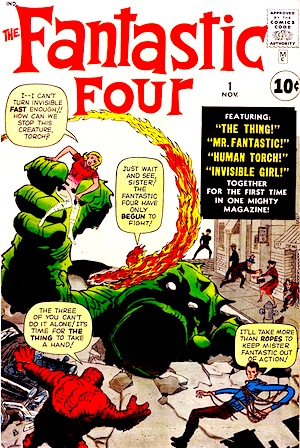
Lee’s career would take off in the 1960s, beginning with the launch of the Fantastic Four series. Lee described what was arguably his most important innovation at that time: bringing realistic psychology and more recognizably human frailties to his superhero characters. When I asked him what he’d learned over the years about creating compelling characters like Peter Parker (Spider-Man) or Dr. Bruce Banner (The Hulk), he talked about the need “to make make the character empathetic and likable as best you can.”
“When you create a character, no matter how fantastic the character is, you try to make him in some way believable – as if there could be somebody like this. And then you try to make him likable so that the reader really hopes that the character succeeds at whatever he’s trying to do. Beyond that, I don’t know how to explain it. You do whatever you can to make that character appealing to a reader or to an audience. And you do that by the way you have the character talk, by the personality you give the character. What you’re doing is creating – you’re like a sculptor, you’re creating a being. And you can either make the being dull, or you can make the being interesting.”
Since the ‘Silver Age’ of comic books in the 1960s, Lee’s most vivid characters – Thor, Iron Man, the Hulk, the Silver Surfer, Spider-Man and others – have become part of American pop-mythology, similar to creations from Walt Disney, Mark Twain, Jim Henson or George Lucas. Not surprisingly, the highly erudite Lee – who can still quote long passages from Shakespeare – associates some of this with having steeped himself in mythology as a young man. “I read Greek mythology, Norse mythology, Roman – whatever I could find. I love mythology, I love fairy tales. I love anything bigger than life and imaginative and dramatic.”
When my Libertas Film Magazine co-editor Govindini Murty asked Lee whether he believed his characters are mythological figures for today, he smiled and became philosophical. “It would be nice if some day in the future they were thought of as our mythology,” he explained. “That would be great.”
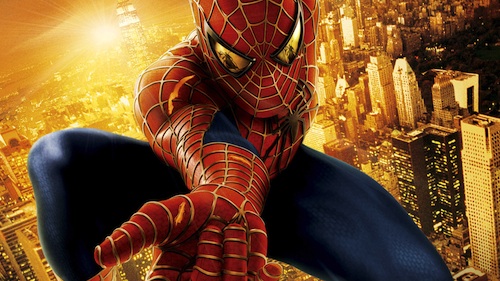
Lee’s full cultural impact is explored in the new documentary With Great Power: The Stan Lee Story, which was picked up for distribution by the EPIX channel just prior to its screening at Slamdance. With Great Power is a comprehensive and heartfelt account of Lee’s life and career from his early days growing up in the Depression to his rise as the prime mover behind Marvel Comics and today’s comic book revolution at the movies.
Over sixty interviews were conducted for With Great Power, and the film features appearances from Samuel L. Jackson, Nicolas Cage, Tobey Maguire, Kirsten Dunst and many of Lee’s colleagues. The film, a labor of love for its production team, also provides a rare, at-home glimpse into the man behind the Marvel phenomenon. With Great Power (which derives its title from a line in the original 1962 Spider-Man story: “With great power there must also come — great responsibility!”) is the result of over five years of work by a trio of directors – Terry Dougas, Will Hess, and Nikki Frakes – as well as a significant archival effort that unearthed Lee’s work on over 500 pop-culture characters.
Although Lee’s diehard fans will likely be familiar with Lee’s story from the 1960s forward, With Great Power also takes an in-depth look at many of his early challenges – including censorship battles waged against the comic book industry during the 1950s by psychiatrist Dr. Fredric Wertham. Wertham and his followers believed that comic books promoted youth ‘delinquency,’ and their lobbying and regulatory efforts nearly derailed Lee’s career before Lee mounted a major comeback in the 1960s.
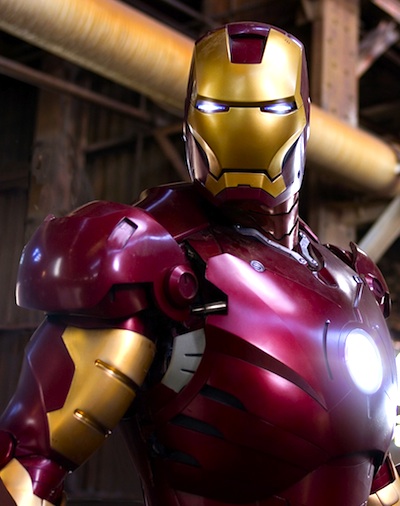
With Great Power also documents Lee’s extensive efforts to give credit to his colleagues (particularly Jack Kirby and Steve Ditko) for Marvel’s success. Importantly, the film also introduces fans to Lee’s quick-witted and vivacious wife of almost 65 years, Joan Lee, and explores their touching relationship and the vital role she plays in inspiring her husband. With Great Power debuts on the EPIX channel on April 27th.
Of course, with huge successes over the past decade and a seemingly endless array of projects now in the pipeline (at the end of the master class, it took him almost 20 minutes to describe all of his current projects in development), Lee has made the full transition from promoter of ‘delinquency’ to national institution. His fans, once mostly teenagers, now include a worldwide readership of every generation, along with filmmakers, scholars and even Presidents. Indeed, With Great Power begins with Lee receiving the National Medal of Arts from President George W. Bush, and during the master class Lee proudly recollected how President Reagan had been an avid reader of Spider-Man.
But Lee clearly takes his greatest pride in his many characters, the imaginative creations that form his legacy. Of his many characters, Lee singled out the Silver Surfer as possibly his favorite. “I had the Silver Surfer make what I thought were philosophical comments about man, and where we’re going, and why we’re the way we are. […] I tried to put all the things I think of into the Silver Surfer’s dialogue, so that’s why I enjoyed him very much.” (Lee’s favorite of his villains? Dr. Doom.)
To say that Lee’s plate is full these days would be a Hulk-sized understatement. On the immediate horizon he’s launching a new line of ‘reality’ comic books, a series of children’s books, a new YouTube partnership with Michael Eisner, a live rock opera, a new website, a new slate of international superheroes (hailing from India, China and South America), and he has two TV series and four new movies in development.
And, of course, Lee is looking forward to The Avengers and The Amazing Spider-Man this summer, along with Marvel’s forthcoming Ghost Rider sequel. Speaking about The Avengers, the voluble Lee nearly jumped out of his chair: “Wait till you see my cameo in that one! It’s the funniest one I’ve done yet. I can’t wait to see it myself. And it’s the same with Spider-Man – it’s unusual.”

When it comes to advice for young writers, Lee urged his audience to first and foremost write what they themselves enjoy.
“I write stories that I think I would like to read, and I hope there are enough people who have the same taste I do. I’m not that unique – I’m adorable, but I’m not that unique,” he quips. “I just write to please myself. […] I have to confess: I am my biggest fan. I love everything I write, because if I didn’t love it, I wouldn’t write it.”
It’s fortunate that so many generations of Stan Lee’s readers love what he writes, as well.
Posted on February 1st, 2012 at 9:42am.
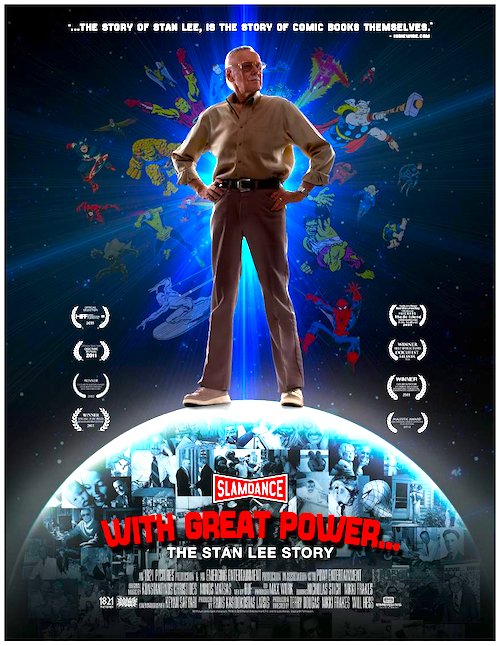
AWESOME piece, Jason. I’m so happy Lee goes out of his way to give Kirby and Ditko credit. The importance of those guys can’t be overstated.
Also … my book is FINALLY in sale. http://www.amazon.com/Tempest-Effect-Vince-Taddei/dp/1468034332/ref=sr_1_1?ie=UTF8&qid=1328129997&sr=8-1
The Kindle version will be up in a couple weeks. Thanks for your interest in the project. This site is THE source for the message of Liberty in art, so I’m grateful you’ve helped.
Thanks so much, Vince – and I love the look of your novel! I just read the plot synopsis and it looks really colorful. To everyone reading this, you can check out the plot synopsis and great cover art for Vince’s new alien invasion thriller here:
http://www.amazon.com/Tempest-Effect-Vince-Taddei/dp/1468034332/ref=sr_1_1?ie=UTF8&qid=1328129997&sr=8-1
At $15, it’s priced perfectly, I might add …
Incidentally, Vince, have you ever read Battlefield Earth? The plot to that seems generally similar. Setting aside religious issues (re: author L. Ron Hubbard) and the awful Travolta adaptation, my understand is that Battlefield is a pretty fun read. I have a copy of it, but its sheer length is daunting …
Thank you very much for the compliment, Jason — I appreciate that. I couldn’t believe how well the cover popped when I put it together, so I’m happy someone else thinks so, too.
And, no I haven’t read “Battlefield Earth.” Like you, I also have a copy, but I never felt brave enough to jump into that Ent killer.
Also, about your article … Lee’s take on whether his characters are mythological figures today is fascinating. I wonder if he’s just being modest, because from a Joseph Campbell perspective, much of his work definitely forms a modern metaphorical language.
It’s funny you say that, Vince, because Govindini actually asked him specifically whether he’d read Joseph Campbell or Frazer’s The Golden Bough. Unfortunately Stan’s hearing isn’t all that good, but he got the gist of the question – and expressed his enthusiasm for his own readings in mythology, and seemed hopeful that his own work might be viewed in that light.
And yes, your cover looks awesome – very slick. Believe me, that stuff matters! I wish you the best with it!